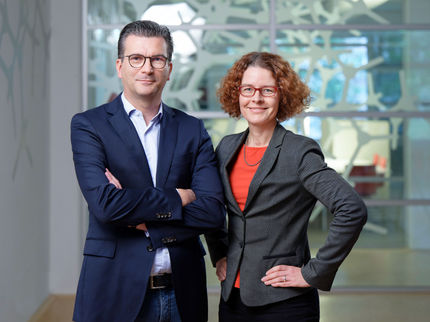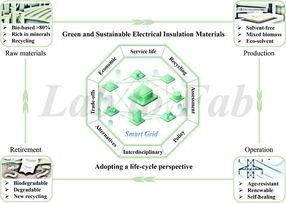A better way to make acrylics
Advertisement
acrylics are an incredibly diverse and useful family of chemicals used in all kinds of products, from diapers to nail polish. Now, a team of researchers from UConn and ExxonMobil describe a new process for making them. The new method would increase energy efficiency and reduce toxic byproducts.
The global market for acrylic acid is enormous. The world used close to 5 million metric tonnes of it in 2013, according to industry group PetroChemicals Europe. And no wonder, for acrylics and the closely related acrylates are the building blocks for many kinds of plastics, glues, textiles, dyes, paints, and papers. Strung together in long chains, they can make all kinds of useful materials. Acrylate mixed with sodium hydroxide, for example, makes a super absorbent material used in diapers. Add extra methyl groups (carbon plus three hydrogens), and acrylate makes plexiglass.
The current industrial processes for making acrylics require high temperatures close to 450 F, and produce unwanted and sometimes harmful byproducts, such as ethylene, carbon dioxide, and hydrogen cyanide.
UConn chemist Steve Suib, director of the University's Institute for Materials Science, and colleagues at UConn and ExxonMobil have designed a new way of making acrylics at mild temperatures. Their technique can be finely tuned to avoid producing unwanted chemicals.
"Scientists at ExxonMobil Research & Engineering partnering with professor Suib's group in UConn have been probing new technologies that can lower energy intensity, skip steps, improve energy efficiency, and reduce CO2 footprint in the production process of acrylics," says Partha Nandi, a chemist at ExxonMobil. "The recent publication in Nature Communications describes discovery of a new route to produce a class of acrylate derivatives in potentially fewer steps and with less energy."
The technique uses a porous catalyst made of manganese and oxygen. Catalysts are materials used to speed up reactions. Often, they provide a surface for the molecules to sit on while they react with each other, helping them to meet up in the right configurations to do the deed. In this case, the pores fill that role. The pores are 20 to 500 Angstroms wide, big enough for fairly large molecules to fit inside. The manganese atoms in the material can trade their electrons with nearby oxygens, which makes it easier for the right chemical reactions to happen. Depending on the starting ingredients, the catalyst can facilitate all different kinds of acrylics and acrylates, with very little waste, Suib says.
"We hope this can be scaled up," he says. "We want to maximize yield, minimize temperature, and make an even more active catalyst," that will help the reaction go faster. The group also found adding a little bit of lithium helped speed things up, too. They are currently studying the exact role of lithium, and experimenting with ways of improving the manganese and oxygen catalyst.





























































